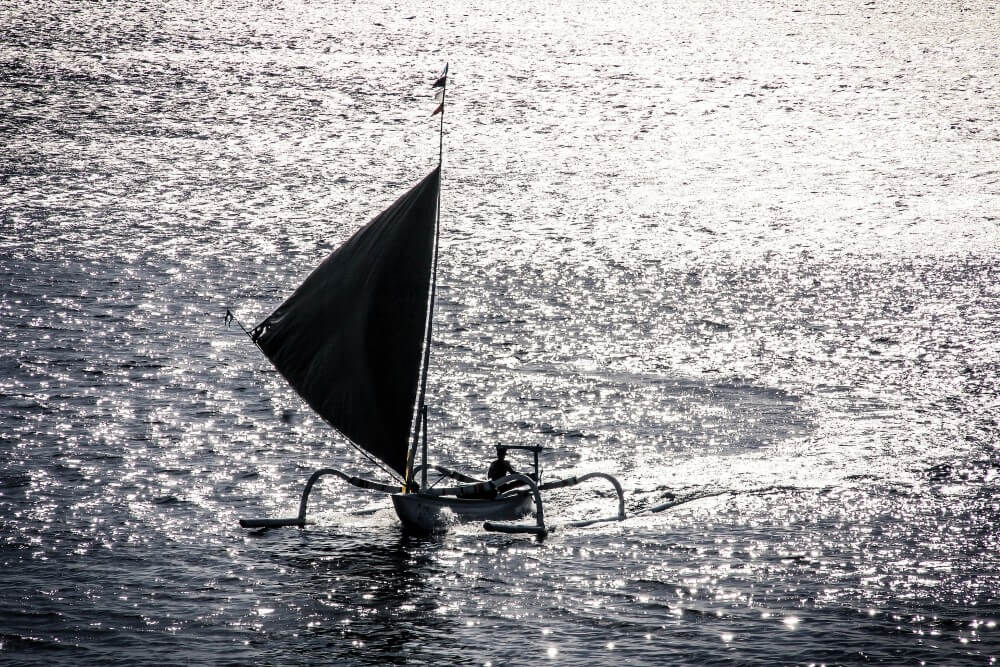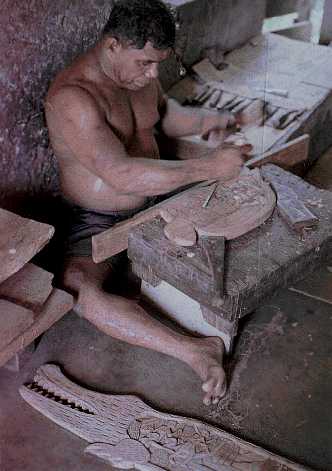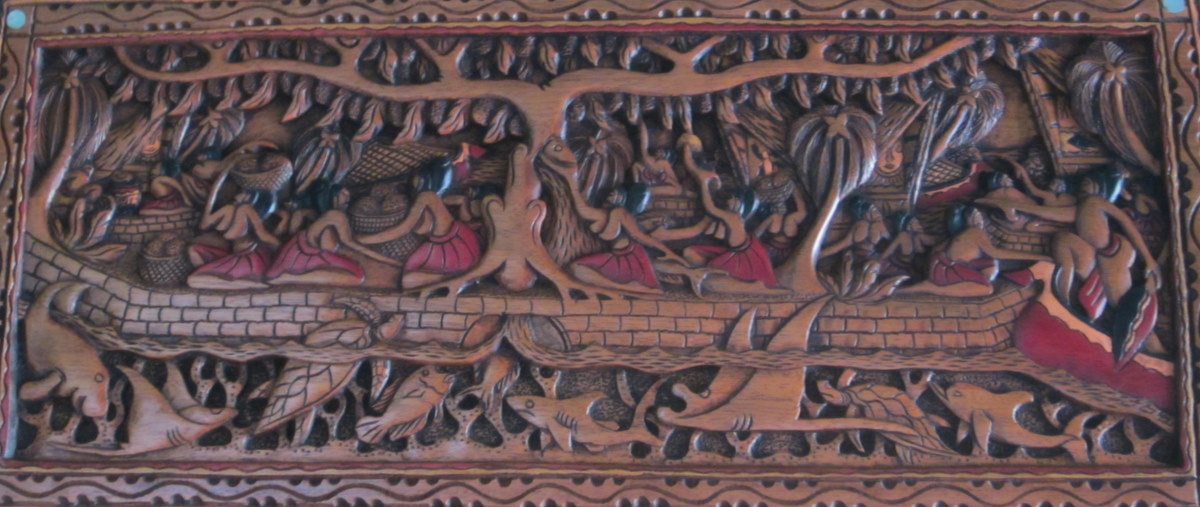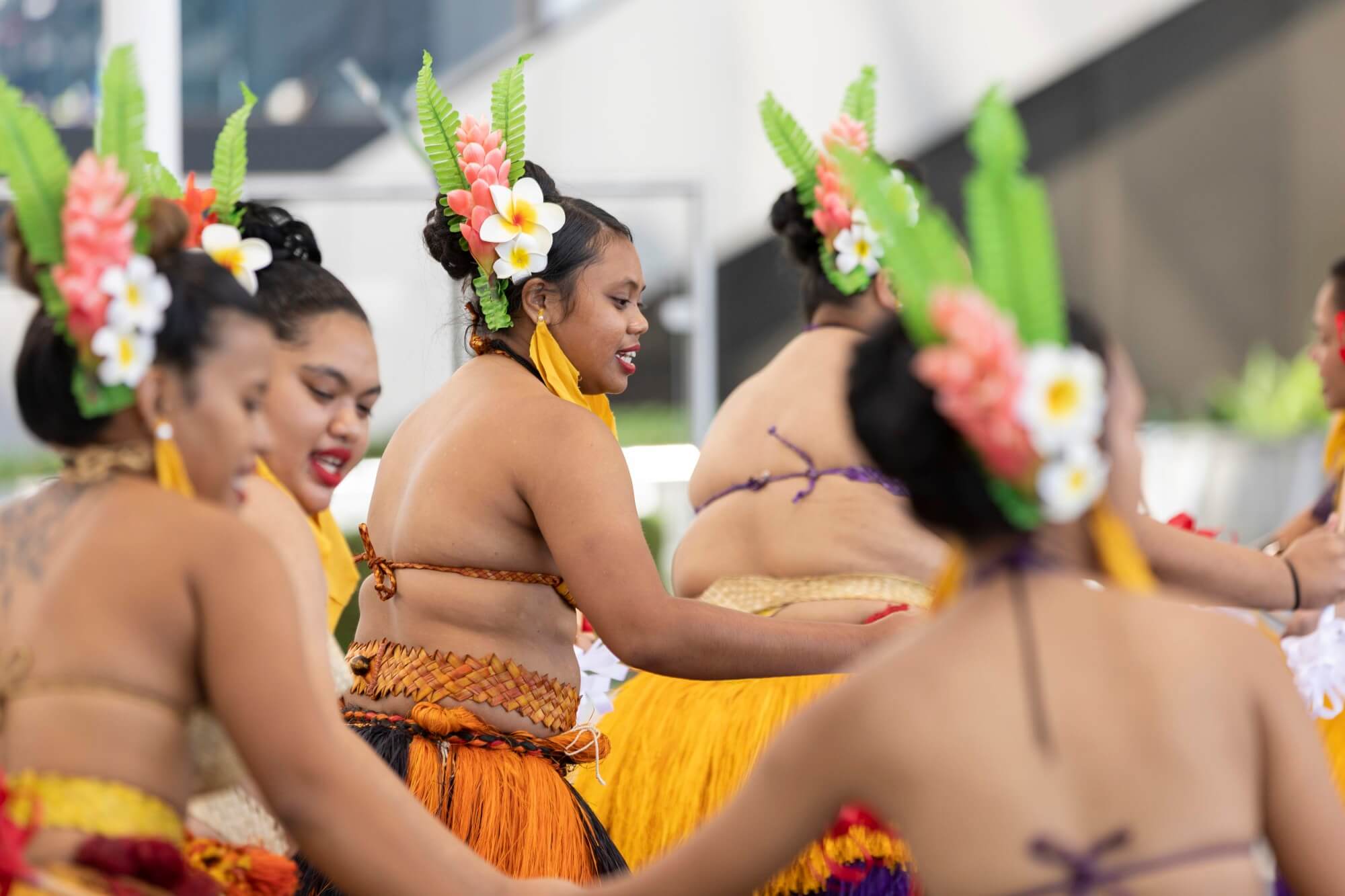
Cultural Odyssey
My Journey Through Time and Tradition
Tracing Ancient Footsteps in the Heart of Palau
In the heart of the Pacific, amidst the emerald embrace of the Rock Islands, I embarked on a voyage through time, unearthing the roots of Palau's vibrant heritage. This journey, a quest for personal growth and intimate encounters, led me to the very origins of this island nation.
A Voyage to the Past: Tracing the Ancestral Steps
As I stood on the shores of Palau, I couldn't help but imagine the intrepid voyagers who, guided by the stars and the wisdom of the currents, bolstered by an immense dose of courage and tenacity, first set foot on these fertile lands and abundant marine life.
The early inhabitants of Palau likely originated from both Polynesia and Asia. Depending on their family's origins, Palauans may have connections to various parts of Melanesia, Micronesia, and Polynesia. However, they are not conventionally categorized as Micronesian. Recent advances in carbon dating and archaeological discoveries have brought renewed attention to Palau. Unearthed cemeteries on the islands have revealed that Palau boasts the oldest known burial ceremony in Oceania. There has been an ongoing debate regarding whether Palau was established around 2500 BC or 1000 BC. However, recent studies seem to challenge both of these previously held dates. Furthermore, the ancient trading partner of Palau, Java, has garnered increased scrutiny since the discovery of Homo floresiensis in Palau. Much like Flores in Indonesia, remnants of small-bodied humans have been uncovered in Palau.

These pioneers originating from the Indonesian archipelago would go on to shape the course of Palauan history.
Stones and Stories
The ancient Palauans were masterful craftsmen, creating intricate pottery, tools, and jewelry that reflected their deep connection to nature. Their stonework villages, known as Bai, were centers of communal life, where decisions were made and stories were shared around the flickering glow of fires. These hallowed grounds once echoed with the decisions and stories of generations past. The intricate pottery, tools, and jewelry spoke of a people intimately intertwined with the rhythms of nature. Exploring them hit me with a profound connection to a bygone era.

Navigating Changing Tides
Through centuries marked by European explorers and colonial influences between 1600-1900s, the Palauan spirit endured as a testament to the adaptability and resilience of a people whose core values remained unwavering. Traditions became the thread that bound together the tapestry of Palauan life.
Living Heritage Bais & Storyboards From Ancient Roots to Modern Traditions
In the dance of today's Palau, I witnessed the harmonious convergence of past and present. The ancient art of storytelling manifests today on intricately carved wood slabs called storyboards, an innovative method taught by the Japanese. The idea of storyboards is credited to Hisataku Hijikata, a Japanese artist and folklorist who arrived in Palau in the 1930s to study art and culture. Well-received by Palauans, Hijikata asked elders to sketch stories, which he then passed on to his students to replicate on wood. Legends and myths transitioned from private knowledge to the public marketplace.


The Bais, though weathered by time, stood as sentinels of communal spirit.
A Promise to Preserve: Safeguarding the Cultural Flame
As Palau looks to the horizon, the torchbearers of tradition stand vigilant. The echoes of ancestors serve as guiding stars, illuminating the path forward. In the vibrant dance of life and culture, I found a timeless connection, a bridge that spans generations.

From the intrepid explorers of antiquity to the spirited dances of today, Palau's cultural odyssey is a testament to the enduring spirit of its people. It is a legacy that transcends time, a story that continues to unfold in every step, every heartbeat, and every shared moment.


